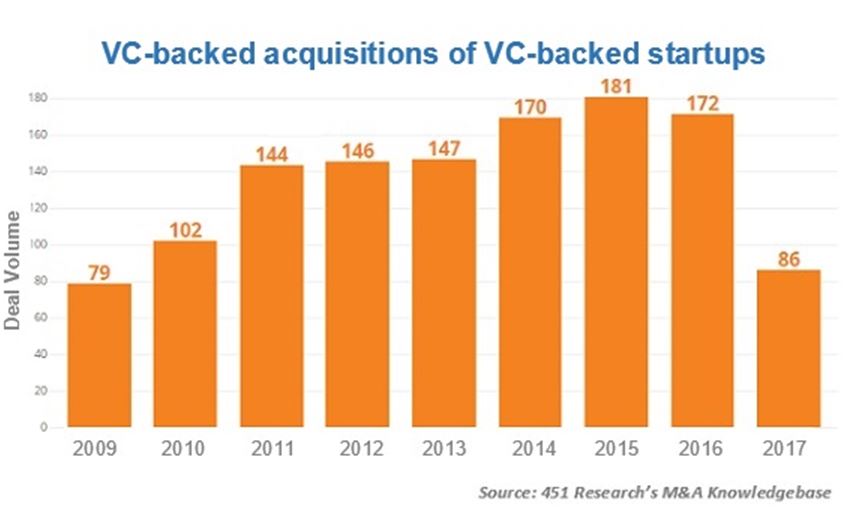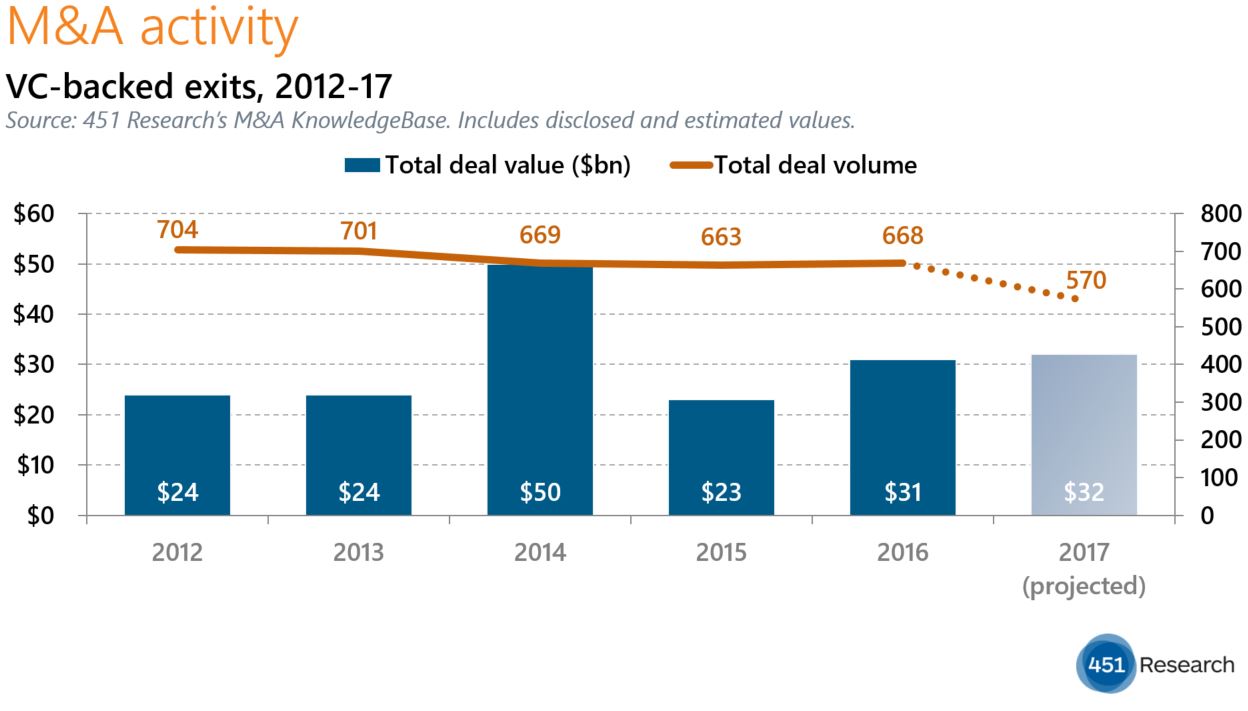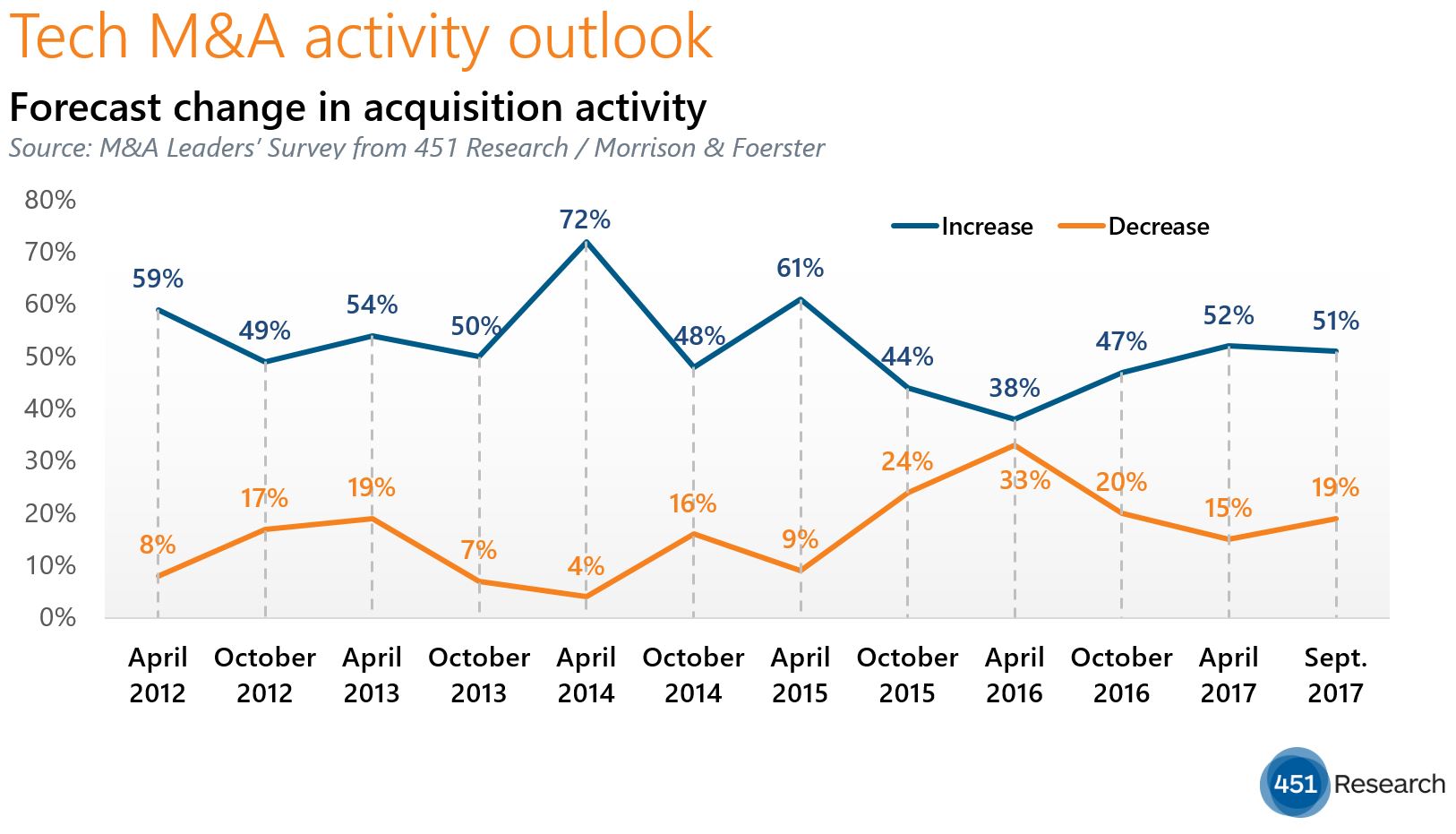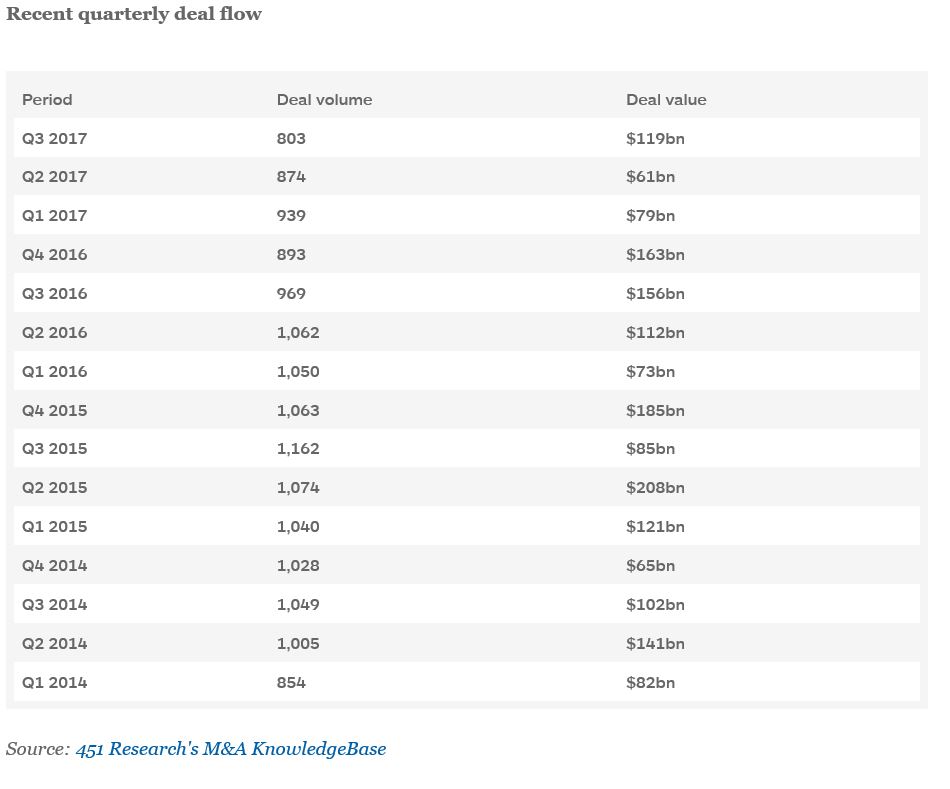Contact: Krishna Roy, Scott Denne
Marlin Equity Partners extends its shopping spree in business intelligence (BI) software with the acquisition of Logi Analytics. Following its 2014 reach for Longview Solutions, a corporate performance management (CPM) stalwart, Marlin has bought two assets to bolt on to that platform – arcplan and Tidemark Systems. Although it hasn’t announced plans to combine Logi with Longview, we suspect that could be the case since Logi offers capabilities that align with Longview’s strategy to develop into a modern CPM platform.
Logi would provide Longview with vital elements to address this endgame – embeddable BI and analytics, dashboards, and reports. Logi has built itself into a go-to name for embedded analysis. Furthermore, the company has expanded its purview into visual analysis and data discovery, and moved into self-service data preparation in recent years. Longview could make use of these offerings to assemble a soup-to-nuts CPM platform.
Although terms of the deal weren’t disclosed, it’s likely a significant transaction. Logi had raised almost $50m in venture capital, and as of 2016 was generating about the same amount in annual revenue. With this deal, Marlin extends its BI portfolio beyond CPM, a roughly $1bn market, into reporting and analytics, a market that, according to 451 Research’s Total Data Market Monitor, is 20x larger and contested by 10x as many vendors.





